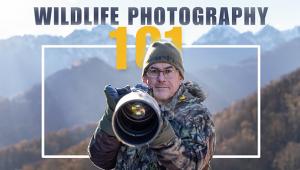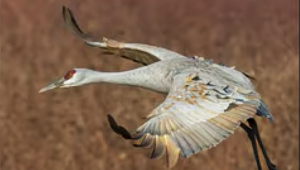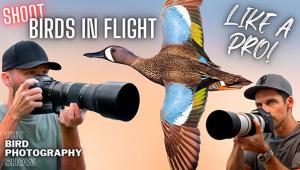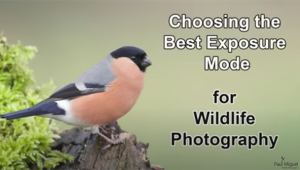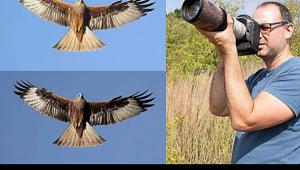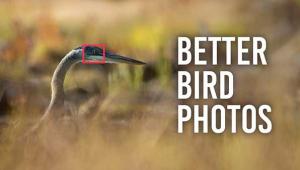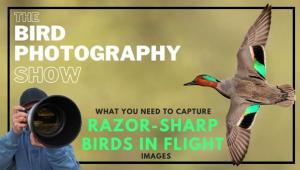Abe Ordover: Natural Abstractions
All Photos by Abe Ordover
Abe Ordover is a nature photographer who combines his camera work with Adobe Photoshop to create images that are uniquely his own; photographs that reveal to the viewer what Ordover felt when he shot the scene.
He's traveled worldwide to capture landscapes ranging from the deserts of the American Southwest to the ice floes in Antarctica, and has exhibited photos at numerous museums and galleries over the past decade. His current book, entitled Imagining Nature, features some of his most notable images. But in spite of these accomplishments, Ordover's passion for photography began somewhat later in life. "I wasn't interested in photography when I was young," he admits. "As a young man, I took pictures of my kids, but everybody photographs their children."
 |
|
|
Epiphany
Ordover once had a law practice in New York City, and began teaching law at Hofstra University Law School in 1971. He held that post until he moved to Atlanta, Georgia, where he became a law professor at Emory University Law School in 1981. In addition to this, he says, "I taught Trial Advocacy to attorneys at the University of Colorado Law School almost every other summer from 1980--1991."
During one of these summer stints about 20 years ago, he made a trip up to Rocky Mountain National Park, and recalls, "It blew my mind, especially being an easterner." He was so moved by the scenery that he drove to the closest town and bought a Ricoh camera and lens, and returned to the park to photograph the splendor of the Rockies. "When the pictures came back, I marveled at them," he says. "But in retrospect," he concedes, "they were no better than mediocre. After all, I had no creative control over the camera."
 |
|
|
After this trip piqued his photographic interest, Ordover traveled to Africa and the Middle East during a sabbatical in 1989. He taught at Tel Aviv University Law School in Israel, and still had free time to explore areas like Egypt and the Sinai by car and bus. "I became even more taken with photography," he exclaims.
In 1992, the Smithsonian Environmental Research Center called for photographic submissions so that they could choose a few shooters to build a film library. Ordover was one one of four people selected, based on his initial submission of "whatever basic landscape work I had." He's also taken pictures for Zoo Atlanta, where Ordover was a docent for seven years. In 1996, he served as a volunteer photographer for the Atlanta Committee on the Olympic Games. Many of his images were published in a newspaper that was distributed throughout the Olympic village.
In 1997, Ordover began working with Photoshop, "Which really changed things for me." He found that he enjoyed experimenting with texture and color in his digital darkroom. He later met agent Katharine Carter, after she saw his work at an Atlanta gallery. After their initial meeting, he continued to show her his images, and throughout the years, she's made him very busy showing his work at museums and galleries.
 |
|
|
Locations Near & Far
"In pursuit of photography, I think the American Southwest is the area I've shot more than anywhere else, and my interest in texture and color makes me return. I love photographing it," he says of this region. Other parts of the world he's photographed include Antarctica in 2000, which he says, "was overwhelming." He's taken pictures of Alaska and Africa over the course of three visits each. Last summer, he went to Iceland and Svalbard: "The Svalbard trip took me above the 80th parallel, a few hundred miles from the North Pole." He's also enjoyed traveling to the Galapagos Islands, which provided a unique opportunity to capture close-ups of wildlife.
In terms of subject matter, Ordover says he's interested primarily in the natural world, and refining what he sees. "The evolution of my photography has primarily been a movement from representational images to abstract renditions. Most of what I exhibit these days is Impressionistic or abstract."
- Log in or register to post comments



